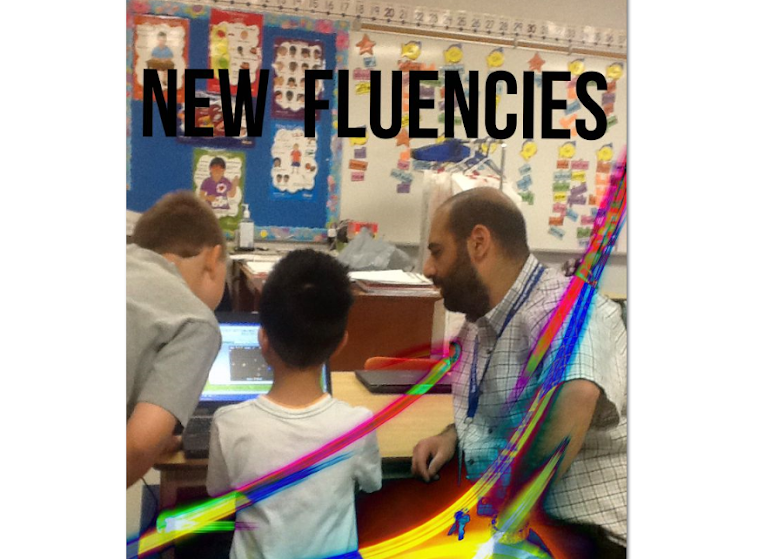Since the activities are being created by students for students, there seems to be a lot more engagement and 'pride' in creating and completing tasks. It's not all work though, there is some fun happening as well. Carlos' class sent us a Halloween message via YouTube - check it out:
Prior to this message by Carlos's students we had created two videos for them - answering the Math tasks that they had sent to us. Jeff represents our class in sharing our process/answer in the first video and Amanda represents our class in sharing our response in the second video.
I'm sure you have noticed that I am not sharing the identity of the students in my class. For recorded videos that live on the Internet, my students and I have decided not to share their identity. However, that doesn't stop us from using our audio which the students are very excited about. It may lead to a few podcasts which are another way for us to connect with other classes and share our learning.
We recently created a Math activity for Mr. Roque's class via Google Docs. We shared the Doc with Mr. Roque and then made a short video about it:
We look forward to hearing back from our friends in Cambridge and can't wait for our next live meeting with them. It certainly is a valuable connection for the teachers and students involved. As we progress on our learning journey, Mr. Roque and I continue to learn how to leverage the tech tools involved in getting our classes together. As we are learning, so are our students - first hand and in real time. They know that the walls that surround our classrooms are simply physical barriers that protect us from the elements, not from learning with anyone in the world that has access to technology. Until our next post, get and/or stay connected!

































